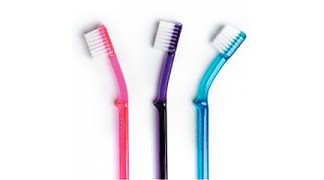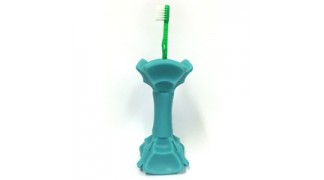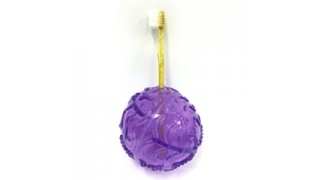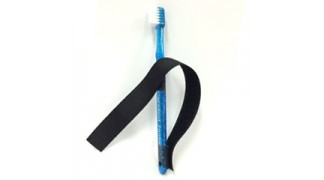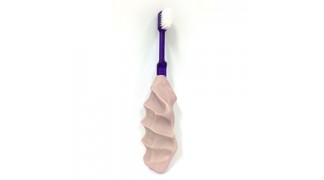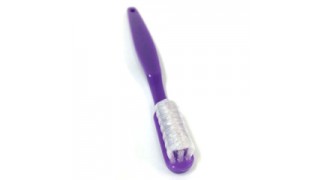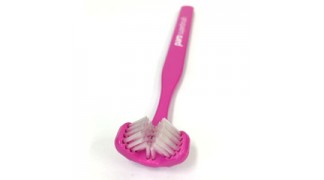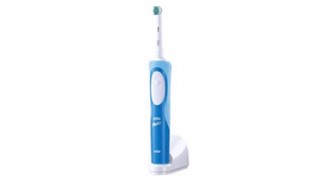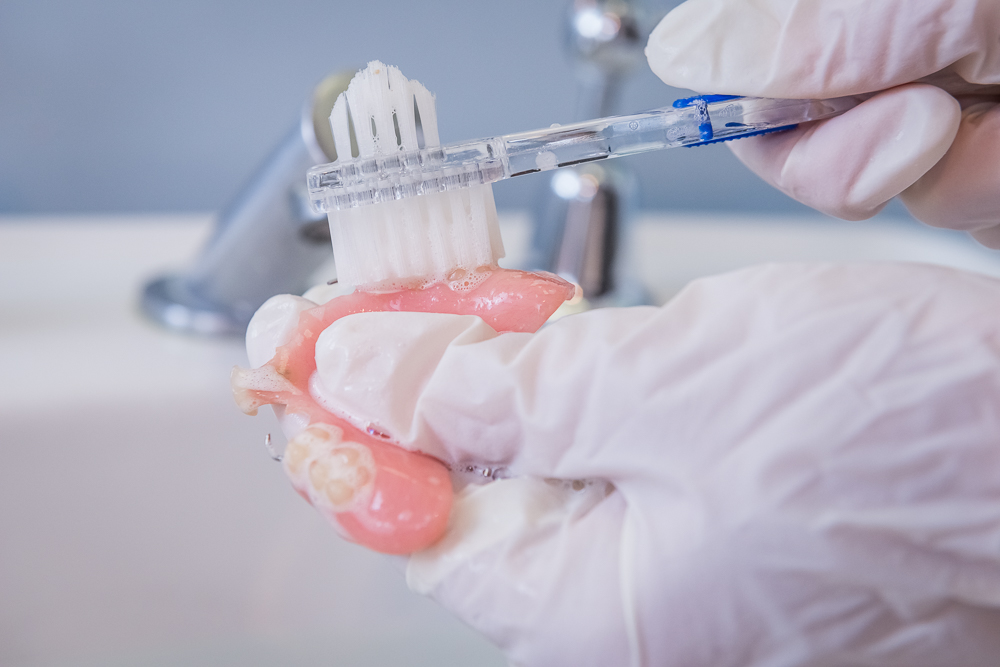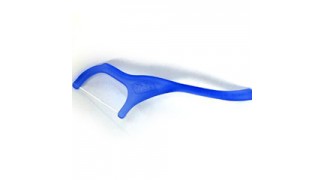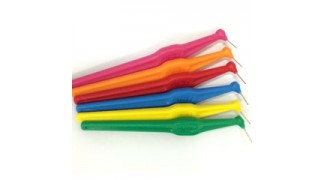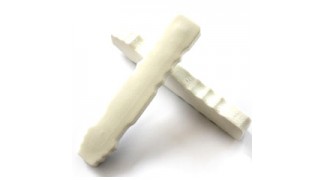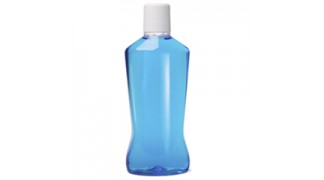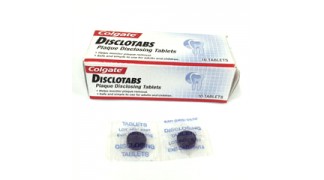Toothbrushes
Look at each person’s abilities and be creative when working out what is needed. An oral health professional or occupational therapist can help.
-
Bent handle
-
Tube grip
-
Ball grip
-
Velcro strap
-
Moulded acrylic handle
Different heads
-
Curved bristles
-
Multi headed
Electric
-
Electric
For dentures
-
Denture brush
Toothpaste
Toothpaste provides a small amount of fluoride which helps to protect teeth against tooth decay.
In general, it’s best to:
- use a fluoride toothpaste
- use only pea-sized amount
- spit out after brushing, but don’t rinse with water.
Some people don’t like the taste, smell, feel or colour of regular toothpaste.There are a range of toothpastes they can try; different flavours, low-foaming and others. You can buy some of these at a pharmacy or speak with an oral health professional about the options.
Toothpaste with a pump (rather than a cap) can be useful for people with reduced movement in their hands or arms.
What if it’s not possible to use toothpaste? Brushing with tap water only is still good. Rinse well with fresh water afterwards.
Other tools
-
Dental floss in a holder
-
Interdental brushes
-
Mouth props
-
Mouth rinses
-
Disclosing tablets
Not sure about choosing the right tools?
Speak with an oral health professional. They can give specific advice on what to try based on a person’s particular needs.
